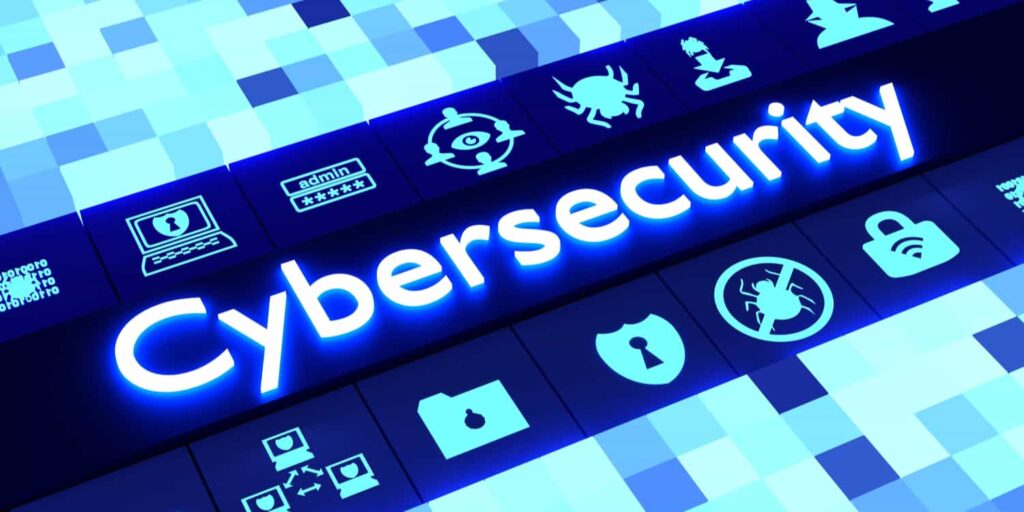In today’s highly interconnected world, the stakes for cybersecurity have never been higher. With cyber threats becoming more sophisticated, organizations are compelled to rethink traditional security approaches. Enter Zero Trust Network Access (ZTNA), a framework that fundamentally shifts how network security is managed. The idea behind Zero Trust is ‘never trust, always verify,’ which stands in sharp contrast to previous approaches that presume that everything within a network is secure. This approach acknowledges that threats can just as easily emerge from inside the network as from the outside world. Continue reading to learn more about what is ZTNA.

The increasing shift towards remote work and the adoption of cloud services have uncovered weaknesses in conventional security systems, pushing many organizations towards the Zero Trust philosophy. Nowadays, it is crucial to understand and apply Zero Trust since it protects businesses against data breaches and other online dangers by constantly observing and verifying each phase of digital communication.
Why Traditional Security Models Are Failing
Traditional security models have relied heavily on perimeter defenses, creating a boundary between an organization’s inside network and the outside world. Technologies like Virtual Private Networks (VPNs) and firewalls were designed to fortify this perimeter. However, as recent incidents have shown, such defenses often crumble under the pressure of modern cyber threats. VPNs, while still useful, can grant broad access to those with credentials, which poses a severe risk if those credentials are compromised.
The inherent assumption that insiders can be trusted has been a critical weakness, making it easier for malicious actors to exploit an organization’s internal systems once they gain entry. These shortcomings have been highlighted further by the increased need for remote access, which necessitates more secure and flexible systems beyond what traditional models can provide.
The Core Principles of Zero Trust Security
Central to Zero Trust security is the philosophy of continuous verification. At its core, Zero Trust insists on verifying the identity of every entity—users, devices, and applications—at each step. It employs micro-segmentation, which divides the network into isolated segments to limit access and slow the spread of threats in case of a breach. This approach ensures that even if one part of the network is compromised, the other segments remain secure and unaffected.
The principle of least privilege further empowers Zero Trust by granting users access solely to resources they need to perform their roles, drastically reducing exposure to sensitive data and systems. By integrating advanced technologies and protocols that promote continuous monitoring, Zero Trust creates an environment where trust is never assumed and must be continually earned, thereby strengthening the security posture of any organization.
Implementing ZTNA: Step-by-Step Guide
Adopting ZTNA in an organizational setting involves a sequential approach. Initially, organizations must thoroughly assess their digital assets and data. This involves understanding what needs protection, categorizing assets based on their importance and vulnerability, and identifying potential threats that those assets face.
The next step is to establish strict access controls and governance policies that define who can access what within the organization. Implementing adaptive authentication methods that adjust based on the context (e.g., location, device type) helps guarantee that only verified users can access sensitive data. Technologies that support Zero Trust, such as multi-factor authentication (MFA) and endpoint security solutions, should be integrated to automatically enforce these policies in real time. Regular audits and continuous monitoring are also essential components, providing ongoing assurance that the security environment remains robust and compliant with industry standards.
ZTNA and Remote Work: A Perfect Match
The rise of remote work has been a catalyst for the rapid adoption of ZTNA. As more employees access organizational resources from various locations, ensuring the security of these connections is crucial. ZTNA offers a framework that significantly boosts security for remote access, enforcing stringent authentication and access controls regardless of where the user is connecting from. This methodology ensures that sensitive organizational data remains protected, even when accessed from multiple, unsecured environments.
Remote workers benefit from enhanced security protocols that maintain ease of access while minimizing the risk of unauthorized access. This balance between user convenience and stringent security measures makes ZTNA an indispensable asset in the modern, flexible workplace.
Benefits of Zero Trust in Cybersecurity
The benefits of implementing Zero Trust reach far and wide. Beyond just providing an added layer of defense against cyber threats, it dramatically enhances an organization’s ability to detect and respond to threats in real time. This proactive approach not only prevents data breaches but also significantly limits their impact if they occur. Furthermore, Zero Trust aligns well with regulatory compliance, ensuring that data protection standards are met and maintained, thereby shielding organizations from legal and financial repercussions associated with data breaches.
Zero Trust frameworks are inherently flexible and adaptive, making them suitable for organizations of all sizes and ensuring they can evolve with changing technological landscapes and increasingly complex network architectures.
Common Challenges and How to Overcome Them
Despite its numerous advantages, transitioning to a Zero Trust model can pose challenges. Organizations often face resistance from stakeholders who are hesitant to abandon legacy systems. Additionally, the initial cost of upgrading infrastructure and training employees might seem daunting. To successfully navigate these hurdles, it is essential to communicate the long-term value and enhanced security benefits of Zero Trust to get stakeholder buy-in.
Incremental implementation, focusing first on high-risk areas, helps make the transition manageable. Investing in employee training and the right technology tools can further aid in overcoming challenges, ensuring a smoother integration into existing structures.
Real-World Applications of Zero Trust
Organizations across various sectors already leverage Zero Trust strategies to bolster their cybersecurity. In the healthcare industry, for example, ZTNA helps safeguard sensitive patient data, ensuring that only authorized personnel can access crucial health records. Financial institutions use Zero Trust to secure transaction data, protecting it from external and internal threats alike. By integrating Zero Trust principles, these industries can provide higher levels of cybersecurity, maintain customer trust, and comply with stringent regulatory standards.

Leave a Reply